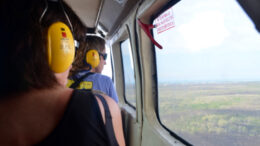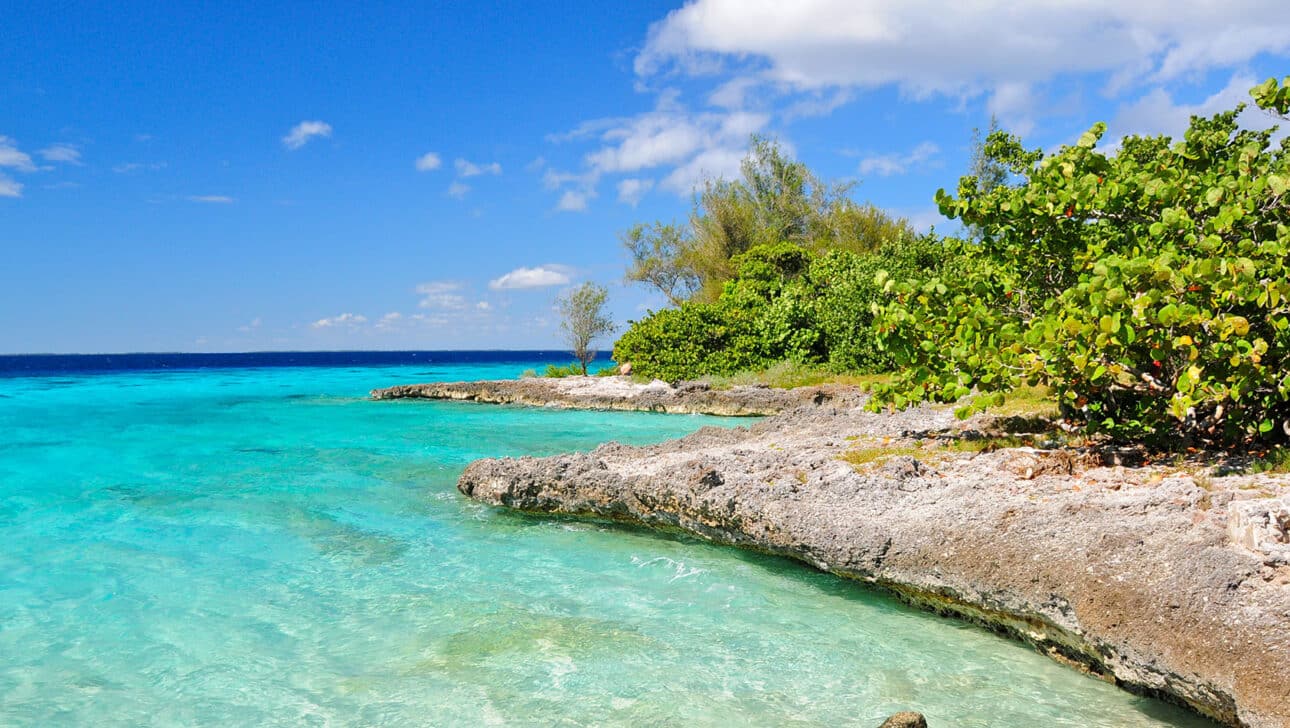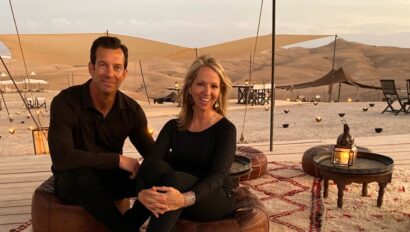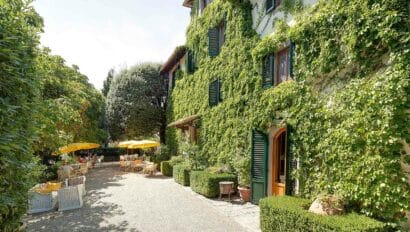This coastal respite is known as much for its biodiversity as for one famous battle.
When we think of Bay of Pigs Cuba, we think of the site of the United States’ failed military invasion in 1961. Outside of that landmark event, the area is best known for its expansive, white beaches; crystal clear water; and a diverse ecosystem that includes hundreds of tropical fish, bird and plant species.
Violent past, peaceful present
In April 1961, the Bay of Pigs received international attention not for its wildlife, but as the site of a historic battle. About two years prior, Fidel Castro drove his army into Cuba and overthrew then-President General Fulgencio Batista, an American ally. U.S. officials didn’t like this. Castro reduced U.S. influence on Cuban sugar plantations, mines and cattle ranches and developed strong relations with the Soviet Union.
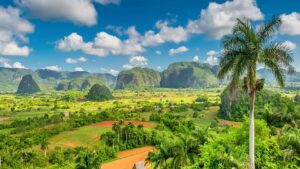
In response, the U.S. prohibited importation of Cuban sugar, severed its diplomatic relations and prepared to invade. On April 16, 1961, the CIA unleashed 1,400 American-trained Cubans onto the island, ready to attack. The plan failed. Cuban troops greatly outnumbered the U.S. fighters who surrendered days later.
More than five decades later, the only physical reminder of the Bay of Pigs invasion lies inside the Museo de Playa Girón, a museum on the coast that covers the event’s complete history. We visit this museum during our Cuba: Cienfuegos, Trinidad & Havana Cultural Walking Adventure. Learn about the invasion from the Cuban perspective. The Cuban people consider the invasion a victory — quite a different view than what you’ll find in the U.S.
A Bay full of life
Located on the Zapata Peninsula, the Bay of Pigs has a rich natural heritage and a landscape unblemished by tourism and related development. Now that the freeze on U.S. trade and tourism has lifted, the two countries are working together to protect Cuba’s rich biodiversity.
During our stay, we’ll see the rare marine and wildlife around Playa Girón, one of the Bay of Pigs’s pristine, white coral beaches. The beach takes its name from Gilbert Girón, a French pirate decapitated here in the 1600s by angry locals. Despite its peaceful nature, Playa Girón has one feisty history.
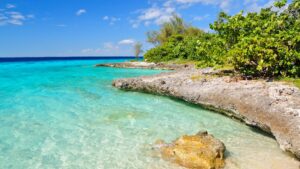
Playa Girón is located in one of the largest wetlands in the world, the Ciénaga de Zapata (Zapata Swamp), which contains more than 900 plant species, 175 bird species, 31 reptile species and more than 1,000 species of invertebrates.
The Ciénaga de Zapata National Park, accessed from Playa Larga and Playa Girón, is a popular spot for scuba diving, snorkeling, swimming and otherwise enjoying the warm water. It’s also a birder’s paradise: Within the park, you’ll find trogon, the national bird, and varying species of hummingbirds, owls, wrens, sparrows, woodpeckers and hawks.
During our visit to the Bay of Pigs, a naturalist will help us discover its lush ecosystem both in and out of the water. Beneath the clear blue sea, you’ll find 17 varieties of flat coral, as well as schools of striped goatfish, peacock flounder and Creole wrasse, among other fish.
With your snorkel mask affixed, you can study the reefs and watch the jellyfish and other marine life swim by. Divers can search for pink conch shells. For a dramatic change, look up to admire the Tamarind and olive trees that dominate shoreline and swamp forests.
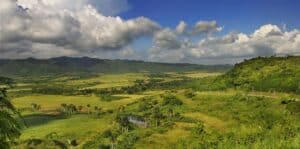
Between Playas Girón and Larga lies Cueva de los Peces (fish cave). Considered Cuba’s largest natural flooded saltwater cave, the area teems with tropical fish. Lush plant life springs from volcanic rock in this hidden-away swimming and diving spot.
One could easily spend days taking in this area’s lush scenery, both above and below the water. For this tour, however, we depart after our snorkeling expedition for bustling Havana, a city full of a color and diversity all its own.
